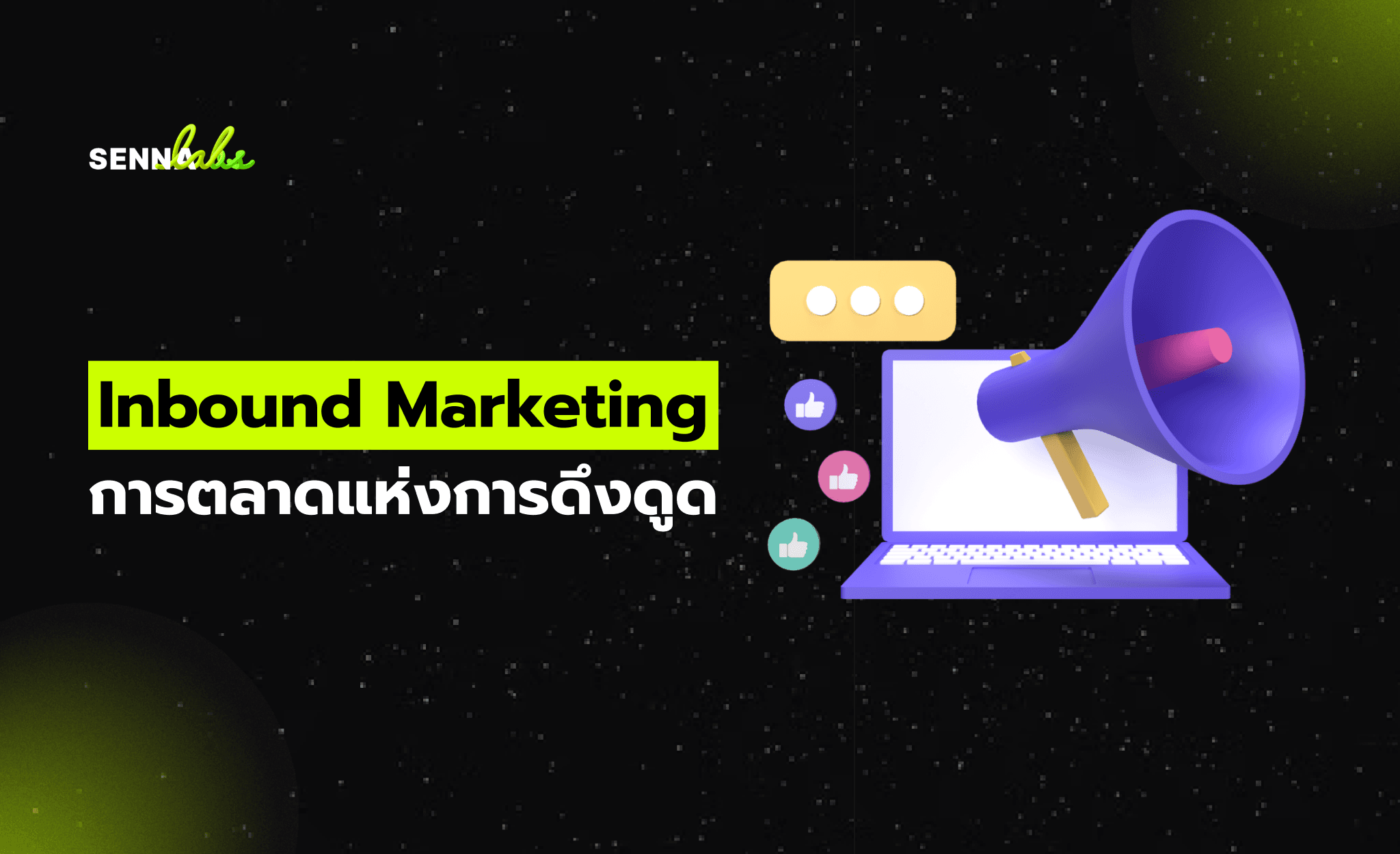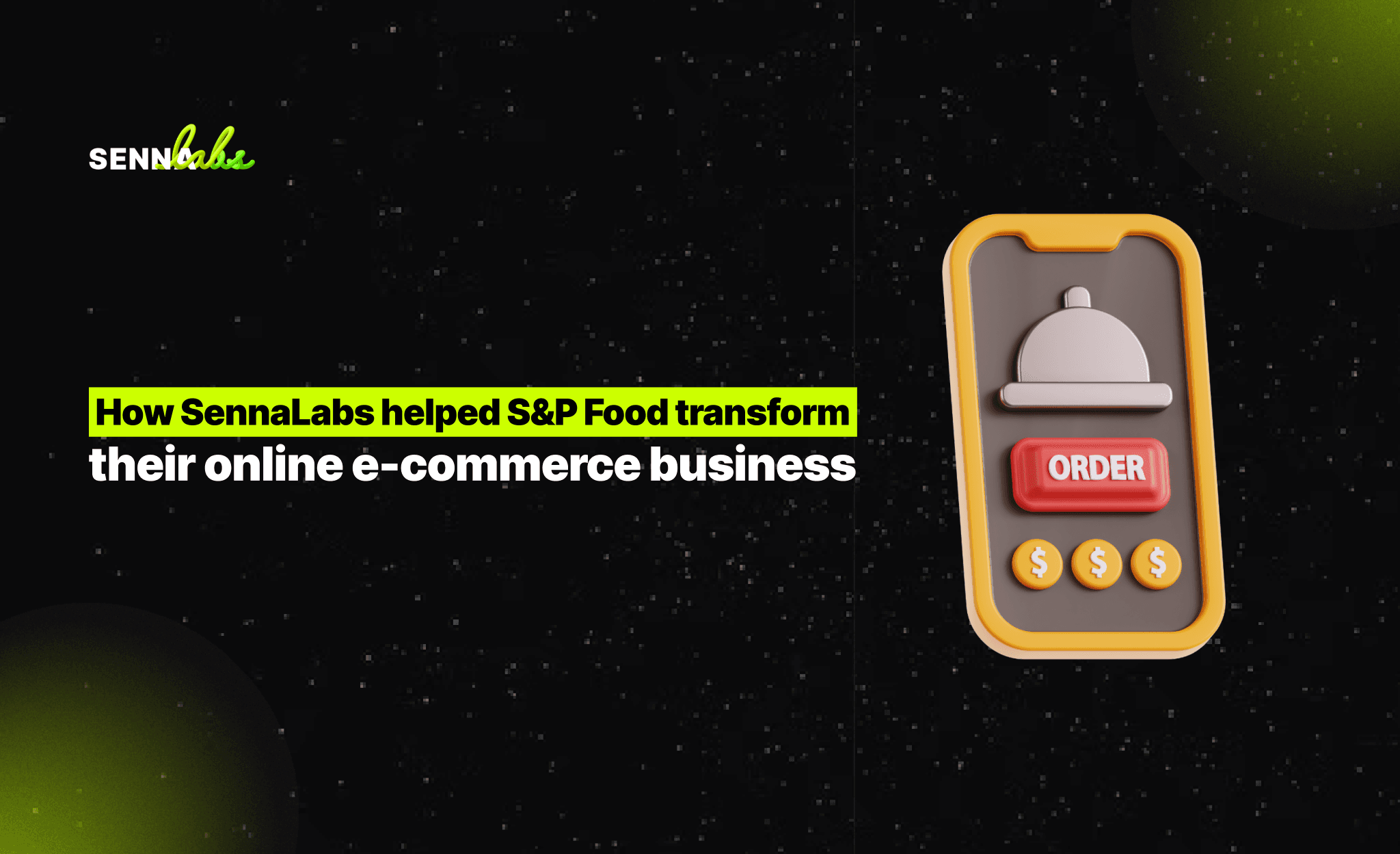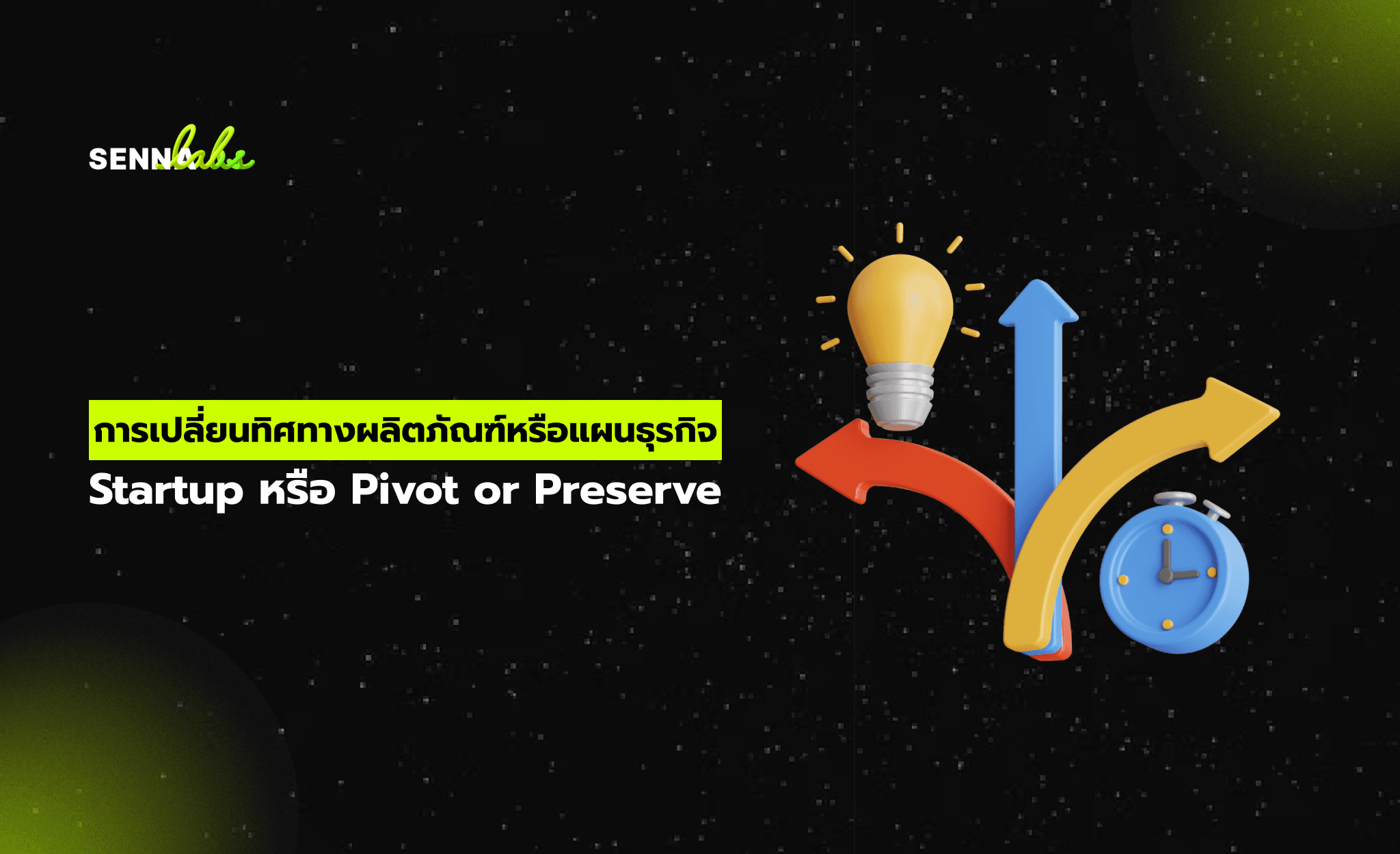Meta Tags for Social Media: Open Graph and Twitter Cards

You’ve written a great blog post, launched a new product, or created an eye-catching landing page. You share it on social media... and the link preview looks awkward. The title is cut off, the image is unrelated, and there’s no compelling description.
This is where meta tags for social media, like Open Graph and Twitter Cards, make a big difference.
While these tags don’t directly impact your SEO rankings, they do influence how your content looks when shared on platforms like Facebook, Twitter, LinkedIn, and LINE. And that can mean the difference between a scroll-past and a click-through.
In this article, we’ll explain what these meta tags do, why they matter, and how one fashion brand used them to increase social traffic by 60%.
![]()
What Are Open Graph and Twitter Card Tags?
Open Graph (OG) and Twitter Cards are types of metadata—extra information embedded in your web page that platforms like Facebook and Twitter use to format link previews.
When someone shares your link, these platforms check for OG or Twitter tags to decide:
-
What title to show
-
Which image to display
-
What description to include
-
Who to credit or tag
If you don’t set these up, social platforms often pull random content from your page—which might not be what you want users to see.
Why These Tags Matter
1. Stronger Visual Impact
People scroll quickly on social media. A properly formatted link with a bold image, clear headline, and enticing summary stands out in the feed.
2. Higher Click-Through Rates
When your link preview matches the content and feels trustworthy, users are more likely to click. That drives more traffic from each share.
3. More Shares and Engagement
Well-presented content gets shared more often. A great preview can encourage others to reshare, repost, or engage.
4. Better Branding Control
You get to choose how your brand appears—not leave it to chance. You control the first impression users get when they see your content on social.
Core Elements You Can Customize
Without diving into code, here are the key things you can adjust when setting up Open Graph and Twitter tags:
Title
This is usually the headline of your content. You can make it slightly different from your meta title to better suit a social audience.
Tip: Keep it short, punchy, and emotionally engaging.
Description
This is the summary users see under the title. Use it to tease the content or highlight benefits.
Tip: Aim for a casual, conversational tone that matches your brand voice.
Image
This is the visual anchor of your link preview—and arguably the most important part.
Tip: Use high-quality images that:
-
Match the content
-
Are sized appropriately (usually 1200x630 pixels)
-
Include branding or product visuals where possible
Other Enhancements
Depending on the platform, you can also include:
-
Author or brand info
-
Content type (article, product, video)
-
Twitter handles to tag in tweets
These extra touches help platforms present your content in the most compelling way possible.
Real Use Case: Fashion Brand Boosts Social Traffic with OG Optimization
A fashion eCommerce brand had a strong Instagram presence and often shared links to blog content, lookbooks, and product launches on Facebook and Twitter. But they noticed a pattern—many posts were getting low click-through rates, and shared links often looked inconsistent.
What they discovered:
-
Facebook previews were showing blurry or unrelated images
-
Twitter links had no image or summary at all
-
Descriptions were being pulled from random product lines or headers
What they did:
-
Chose a featured image for each page that reflected the product or theme
-
Wrote social-friendly titles with a brand voice (e.g., “The Dress Everyone’s Talking About”)
-
Added engaging, concise descriptions with CTAs like “Shop the Look” or “Read the Style Story”
-
Ensured every shared link looked intentional and attractive
The result:
-
A 60% increase in social referral traffic over the next 6 weeks
-
More reshares by users who liked the visuals
-
Improved perception of the brand’s professionalism and style on social platforms
This example shows that how your content looks on social media is just as important as what’s on the page.
How to Review Your Social Meta Tags (Without Code)
Even if you’re not a developer, there are tools to preview and check your tags:
-
Facebook Sharing Debugger – Paste your link to see how it will look on Facebook and what data it pulls.
-
Twitter Card Validator – Test how your link appears on Twitter.
-
LinkedIn Post Inspector – Check how your content shows up when shared on LinkedIn.
If the image or title isn’t right, you can update your page and use these tools to refresh the preview.
Tips for Maximizing Social Meta Impact
-
Use different titles for SEO and social if needed—what works for Google isn’t always right for Facebook.
-
Don’t reuse the same image for every page—custom visuals perform better.
-
Keep your messaging aligned with your brand voice and audience preferences.
-
Include calls to action like “Read more,” “Shop now,” or “See the collection.”
Final Thoughts
Social media may not affect rankings directly, but it plays a powerful role in visibility, engagement, and traffic—especially when your content is shared often.
By setting up and customizing your Open Graph and Twitter tags, you ensure that your content looks its best wherever it’s shared. That not only boosts clicks and conversions but reinforces your brand identity.


Subscribe to follow product news, latest in technology, solutions, and updates
Other articles for you



Let’s build digital products that are simply awesome !
We will get back to you within 24 hours!Go to contact us Please tell us your ideas.
Please tell us your ideas.







